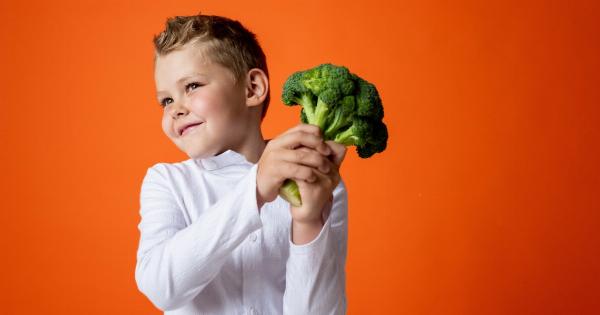High blood pressure, also known as hypertension, is a growing concern among children. This condition can lead to serious health problems, including heart disease, stroke, and kidney damage.
While there are various factors that contribute to high blood pressure, your child’s diet plays a significant role. In this article, we’ll look at the foods that can contribute to high blood pressure in children.
1. High-Sodium Foods
A high-sodium diet can increase blood pressure in children. According to the American Heart Association, children between the ages of two and three should consume no more than 1,000 milligrams of sodium per day.
Children between the ages of four and eight should consume no more than 1,200 milligrams, while children between the ages of nine and thirteen should consume no more than 1,500 milligrams. High-sodium foods to watch out for include processed foods, canned goods, fast food, and snack foods like chips.
2. Sugary Drinks
Sugary drinks like soda, fruit juice, and sports drinks are high in calories and sugar. Drinking too much of these beverages can lead to obesity, which is a risk factor for high blood pressure.
It’s best to limit your child’s intake of sugary drinks and encourage them to drink water instead.
3. Processed Foods
Processed foods are high in sodium, sugar, and unhealthy fats, which can all contribute to high blood pressure. Foods to watch out for include frozen dinners, packaged snacks, and instant meals.
Instead, encourage your child to eat fresh fruits and vegetables, whole grains, lean proteins, and healthy fats.
4. Red Meat
Red meat is high in cholesterol and saturated fat, which can contribute to high blood pressure.
It’s best to limit your child’s intake of red meat and encourage them to eat more plant-based proteins, such as beans, lentils, quinoa, and tofu.
5. Fast Food
Fast food is often high in sodium, unhealthy fats, and sugar. In addition to contributing to high blood pressure, eating a lot of fast food can also increase your child’s risk of obesity, diabetes, and heart disease.
Instead, encourage your child to eat home-cooked meals made with fresh ingredients whenever possible.
6. Canned Foods
Canned foods, such as canned soups and vegetables, can be high in sodium. Look for low-sodium options or rinse canned vegetables before using them in recipes to reduce sodium content.
7. Baked Goods
Baked goods, such as cookies, cakes, and pastries, are often high in sugar and unhealthy fats. These treats should be enjoyed in moderation and should not be a regular part of your child’s diet.
8. Cheese
Cheese is high in sodium and saturated fat, both of which can contribute to high blood pressure. It’s best to limit your child’s intake of cheese and choose low-fat options whenever possible.
9. Pizza
Pizza is a popular food among children, but it’s often high in sodium, unhealthy fats, and calories.
Encourage your child to choose pizza options with vegetables instead of pepperoni and sausage to reduce their intake of unhealthy fats and sodium.
10. Ketchup
Ketchup is a popular condiment in many households, but it’s often high in sodium. Encourage your child to choose low-sodium condiments whenever possible.





























